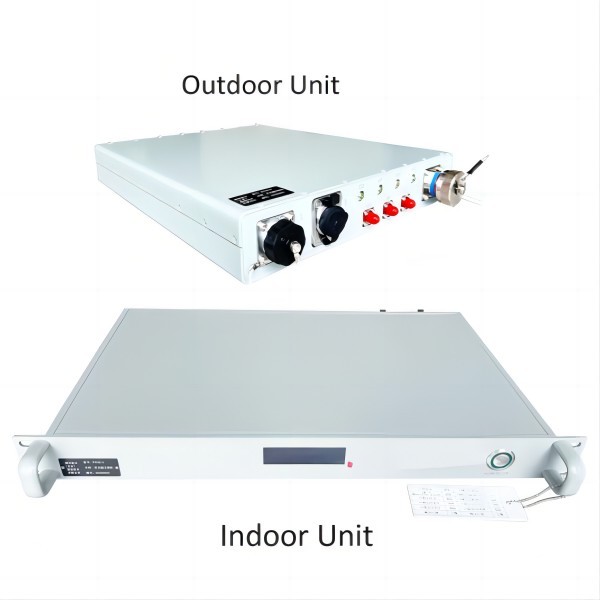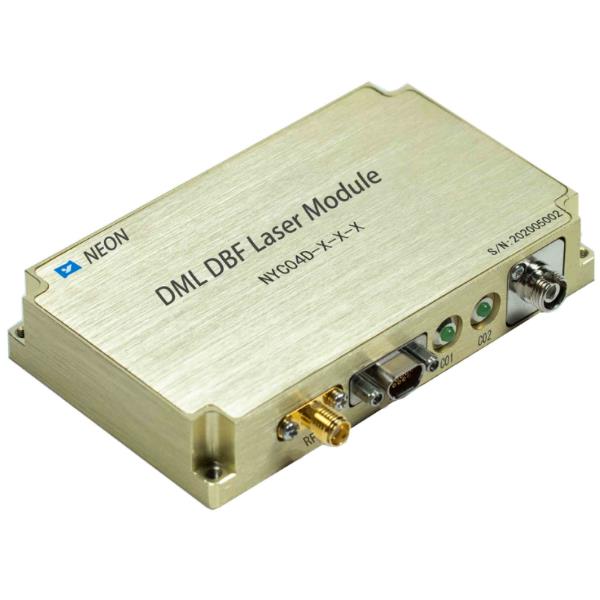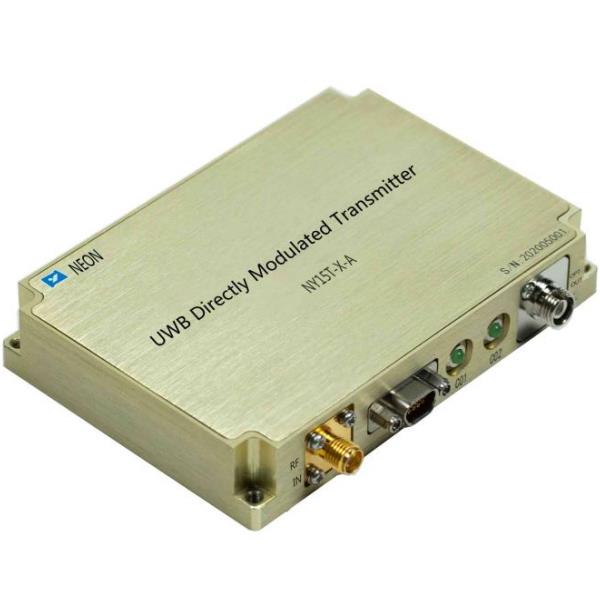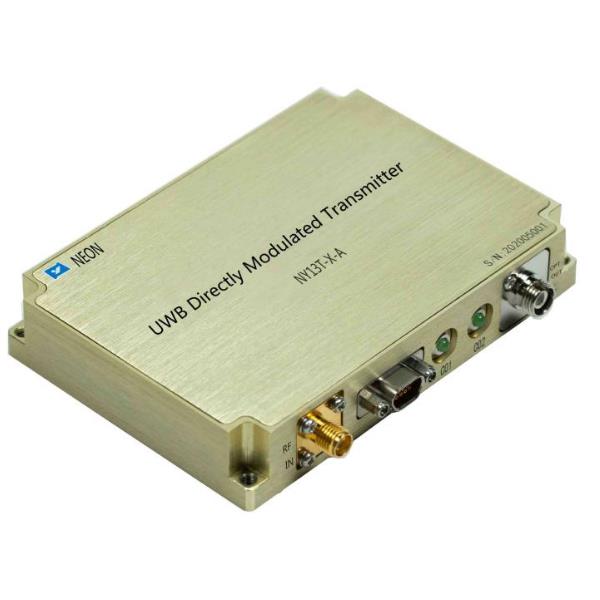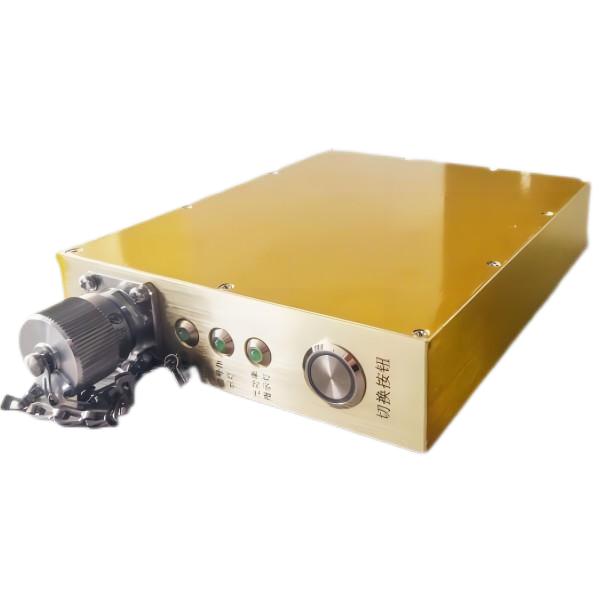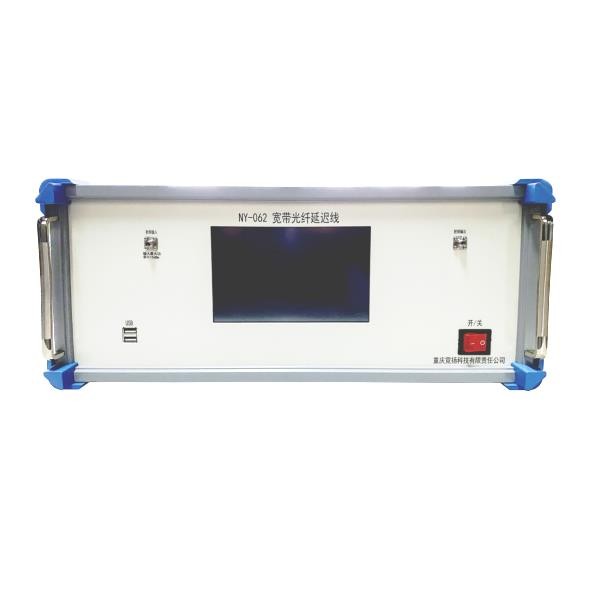The Different Types of QSFP Transceivers and Their Applications
QSFP stands for Quad Small Form-factor Pluggable. It is a high-speed optical transceiver module that can be used in a variety of applications, including data centers, high-performance computing, and telecom networks. QSFP transceivers are available in a variety of types, each with its own set of features and specifications. Here, we will explore the different types of QSFP transceivers and their applications.
History of QSFP transceivers
The first QSFP transceivers were introduced in 2009. They were designed to replace the older GBIC and SFP+ transceivers, which were limited to speeds of 1 Gbps and 10 Gbps, respectively. QSFP transceivers offered a significant increase in speed, with the first generation capable of transmitting and receiving data at speeds of up to 40 Gbps.
In the years since their introduction, QSFP transceivers have continued to evolve. The second generation of QSFP transceivers, introduced in 2013, offered speeds of up to 100 Gbps. The third generation, introduced in 2016, offered speeds of up to 400 Gbps. And the fourth generation, introduced in 2020, offers speeds of up to 800 Gbps.
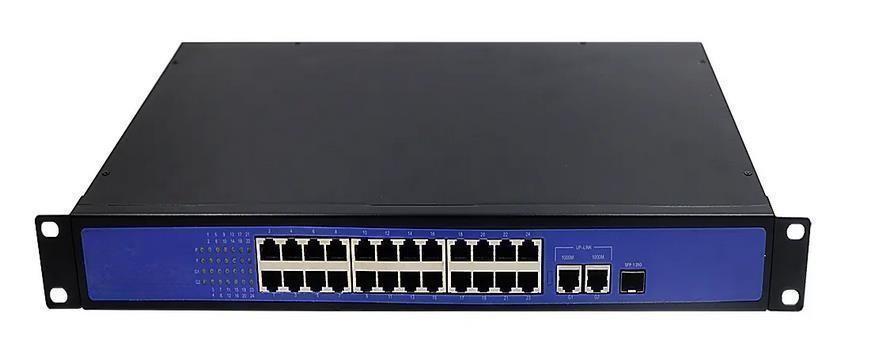
Different types of QSFP transceivers
There are a number of different types of QSFP transceivers available, each with its own set of features and specifications. The most common types of QSFP transceivers are:
- 4x1Gbps QSFP: This type of QSFP transceiver can transmit and receive data at speeds of up to 1 Gbps. It is typically used in enterprise networks and for short-distance data links. The 4x1Gbps QSFP transceiver uses four 1Gbps lanes to transmit and receive data. This allows for a total throughput of 4 Gbps. The 4x1Gbps QSFP transceiver is typically used in enterprise networks, where the need for high-speed data transfer is not as great as in other environments. It is also used for short-distance data links, such as those between servers and storage devices.
- 4x10Gbps QSFP+: This type of QSFP transceiver can transmit and receive data at speeds of up to 10 Gbps. It is typically used in data centers and for medium-distance data links. The 4x10Gbps QSFP+ transceiver uses four 10Gbps lanes to transmit and receive data. This allows for a total throughput of 40 Gbps. The 4x10Gbps QSFP+ transceiver is typically used in data centers, where the need for high-speed data transfer is greater than in enterprise networks. It is also used for medium-distance data links, such as those between data centers and cloud providers.
- 4x28Gbps QSFP28: This type of QSFP transceiver can transmit and receive data at speeds of up to 28 Gbps. It is typically used in high-performance computing and for long-distance data links. The 4x28Gbps QSFP28 transceiver uses four 28Gbps lanes to transmit and receive data. This allows for a total throughput of 112 Gbps. The 4x28Gbps QSFP28 transceiver is typically used in high-performance computing environments, where the need for high-speed data transfer is essential. It is also used for long-distance data links, such as those between data centers in different countries.
- 4x100Gbps QSFP-DD: This type of QSFP transceiver can transmit and receive data at speeds of up to 100 Gbps. It is typically used in data centers and for very high-speed data links. The 4x100Gbps QSFP-DD transceiver uses four 100Gbps lanes to transmit and receive data. This allows for a total throughput of 400 Gbps. The 4x100Gbps QSFP-DD transceiver is typically used in data centers, where the need for very high-speed data transfer is becoming increasingly important. It is also used for very long-distance data links, such as those between data centers in different continents.
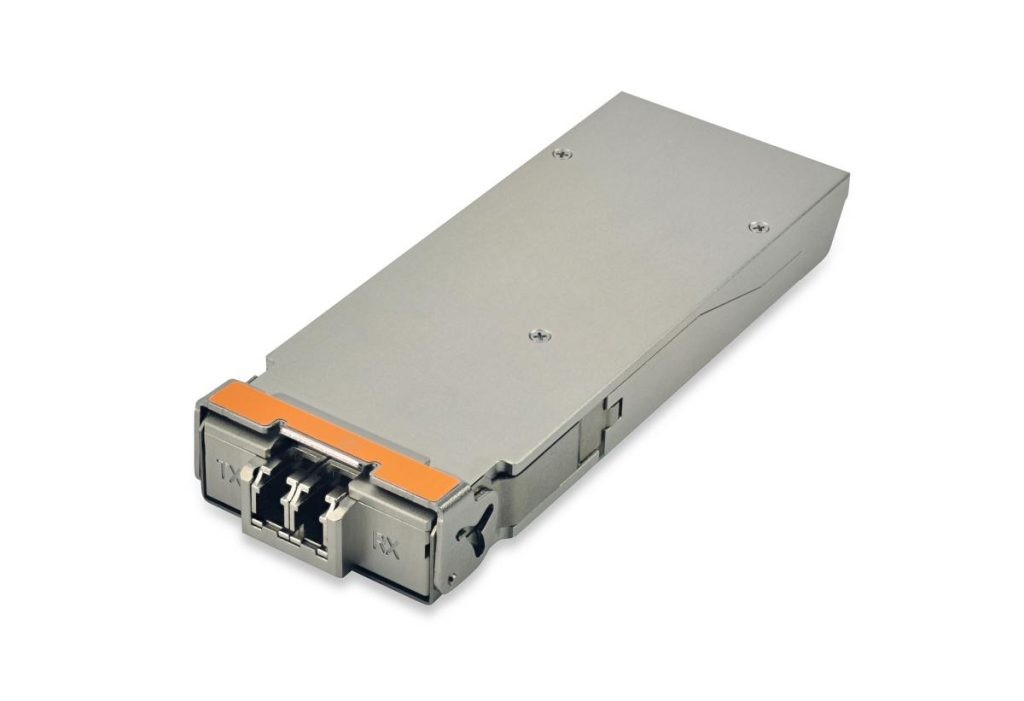
Applications of QSFP transceivers
QSFP transceivers are used in a variety of applications, including:
- Data centers: In data centers, QSFP transceivers are used to connect servers and storage devices. This allows for high-speed data transfer between these devices, which is essential for the efficient operation of data centers. For example, QSFP transceivers can be used to connect a server to a storage array, allowing for the rapid transfer of data between the two devices. QSFP transceivers can also be used to connect servers to each other, allowing for the creation of high-speed networks within the data center.
- High-performance computing: In high-performance computing (HPC) environments, QSFP transceivers are used to connect supercomputers and other high-speed computing devices. This allows for high-speed data transfer between these devices, which is essential for the performance of these systems. For example, QSFP transceivers can be used to connect a supercomputer to a memory buffer, allowing for the rapid transfer of data between the two devices. QSFP transceivers can also be used to connect supercomputers to each other, allowing for the creation of high-speed networks within the HPC environment.
- Telecom networks: In telecom networks, QSFP transceivers are used to connect routers and switches. This allows for high-speed data transfer between these devices, which is essential for the efficient operation of telecom networks. For example, QSFP transceivers can be used to connect a router to a switch, allowing for the rapid transfer of data between the two devices. QSFP transceivers can also be used to connect routers to each other, allowing for the creation of high-speed networks within the telecom network.
- Enterprise networks: In enterprise networks, QSFP transceivers are used to connect switches and routers. This allows for high-speed data transfer between these devices, which is essential for the efficient operation of enterprise networks. For example, QSFP transceivers can be used to connect a switch to a router, allowing for the rapid transfer of data between the two devices. QSFP transceivers can also be used to connect switches to each other, allowing for the creation of high-speed networks within the enterprise network.
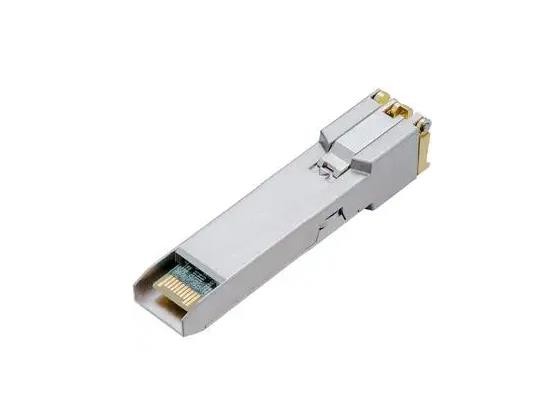
Conclusion
QSFP transceivers are a versatile and powerful technology that can be used in a variety of applications. As the demand for high-speed data transfer continues to grow, QSFP transceivers will become even more important.


